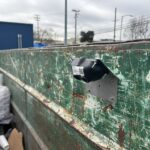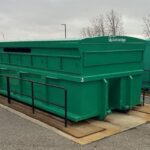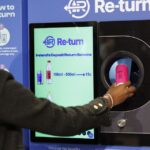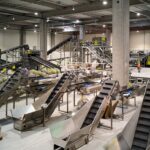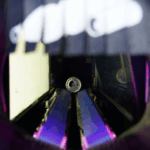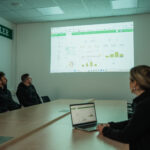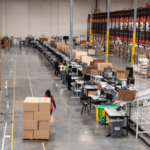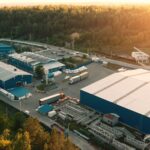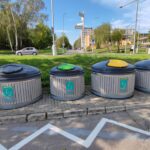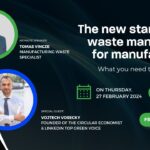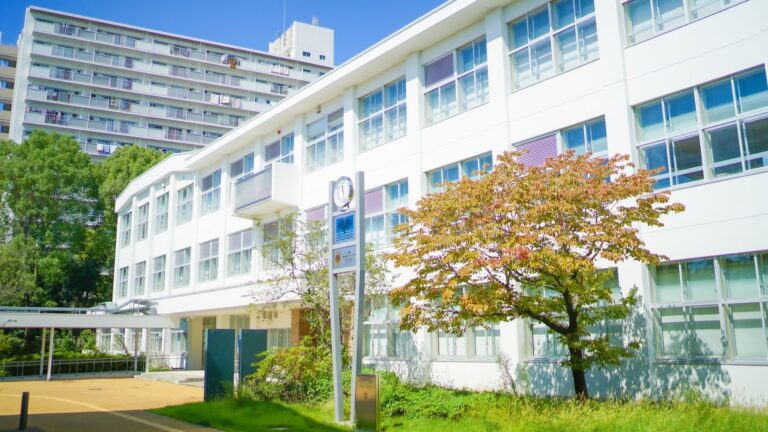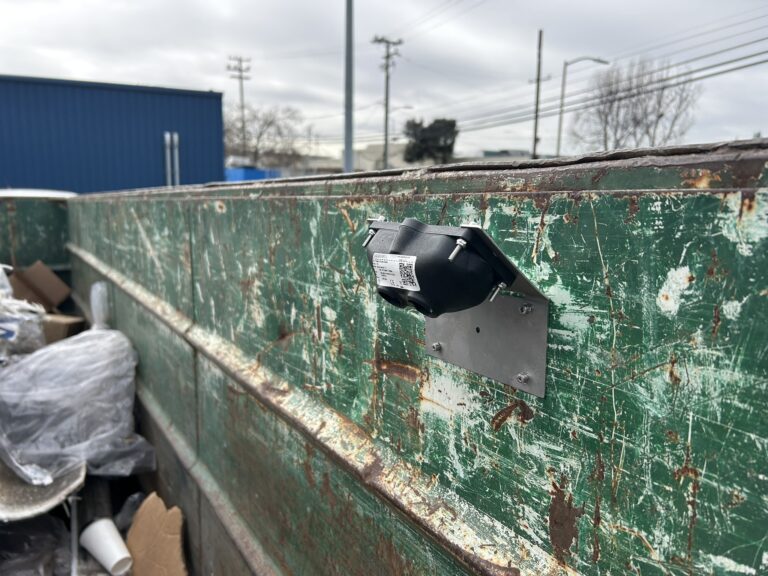Proven performance of bin sensors during harsh Canadian winters
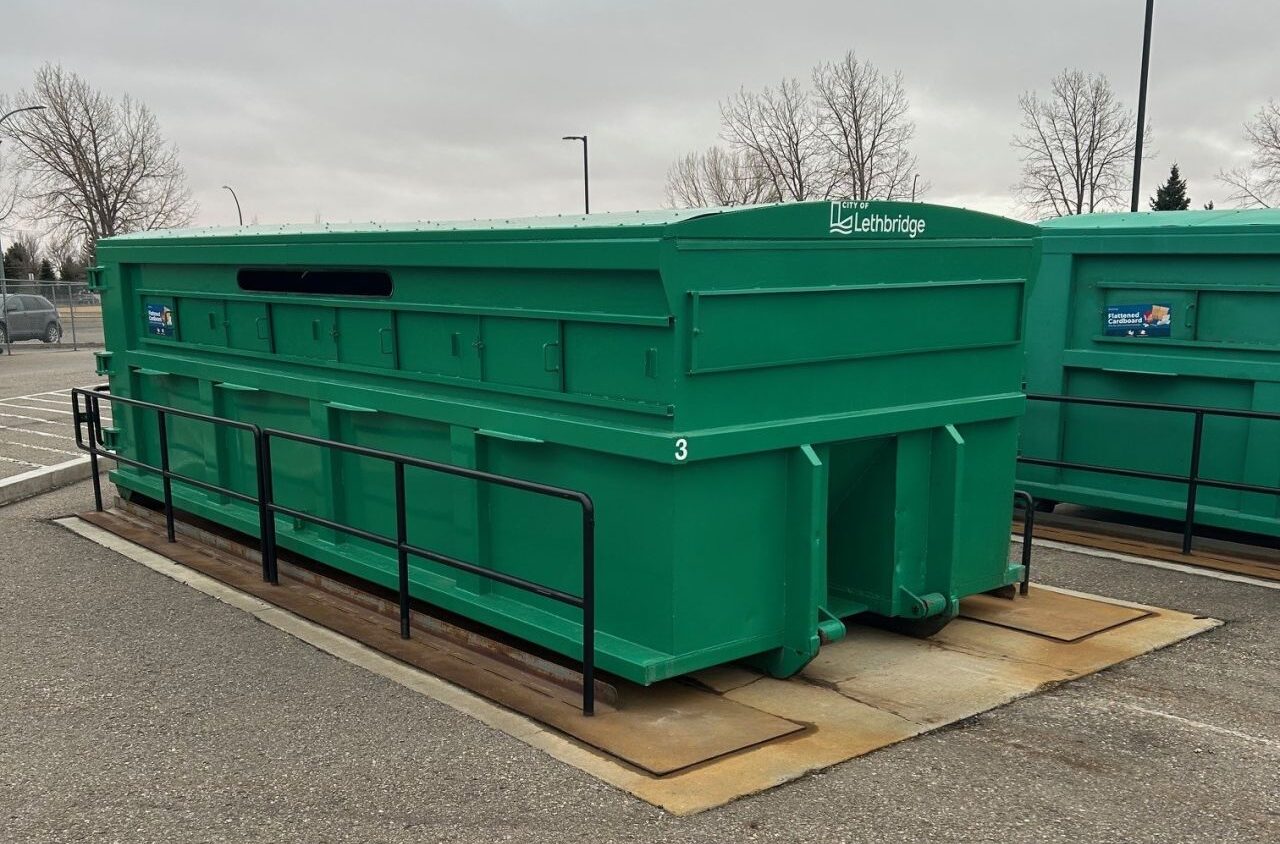
-26 °C
winter temperatures
6 and 30 yd³
container types
104.000
Population
CAT-M1
Connectivity
Smart waste management in Lethbridge, Canada
Project and customer description
Sensoneo deployed an initial batch of ultrasonic sensors with CAT‑M connectivity across Lethbridge, Canada (population of circa 104,000), monitoring general waste, plastic, paper, cardboard, metal, and glass. The sensors were installed in two types of containers: 30 yd³ roll‑off bins and 6 yd³ steel units at three primary collection stands, with bins rotated among sites.
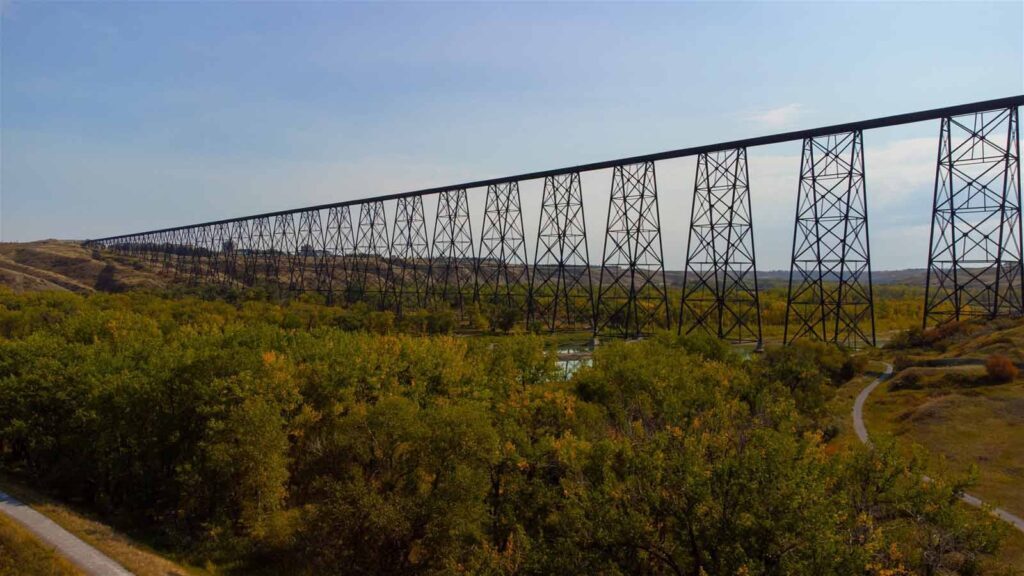
Challenge
The objective was to ensure reliable sensor performance and accurate data transmission under harsh winter conditions (down to -26 °C/-14.8 °F), while simultaneously improving collection efficiency and tracking bin relocations.
Solution
Sensoneo’s rugged ultrasonic sensors, designed to operate in extreme temperatures and resist water and shock, were chosen for their durability. Equipped with CAT‑M connectivity and integrated GPS, they provided real-time fill-level tracking along with precise location data. This is essential when bins shift between collection points.
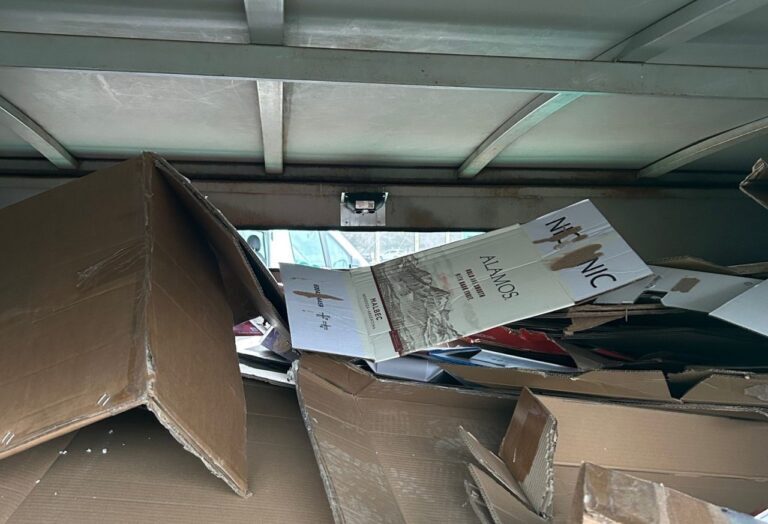
Impact
The pilot in Lethbridge confirmed the consistent performance of Sensoneo’s sensors, which operated flawlessly even during severe winter conditions, delivering accurate and uninterrupted data. Real-time monitoring enabled just-in-time collection, ensuring that waste containers were only serviced when full, improving efficiency and reducing unnecessary trips. At the same time, integrated GPS tracking provided complete visibility of bin locations, eliminating confusion when containers were relocated between sites.
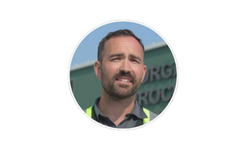
“The use of these sensors has allowed our collections team to more efficiently allocate resources, ensuring pickup of bins only occurs when necessary.”
James Nicholls Collections Manager for the City of Lethbridge
Key achievements
- Reliable performance during harsh winter conditions
- Accurate, uninterrupted data transmission
- Optimized waste collection through just-in-time monitoring
- Full visibility and tracking of container locations
- Improved operational efficiency and reduced unnecessary trips
Future Outlook
Following the success of the pilot, the City of Lethbridge is already actively planning to scale the solution, installing additional sensors across more locations and monitoring other waste streams.
The case study will be continuously enhanced with new key achievements and results as further data becomes available.
Smart Waste Newsletter
Get monthly updates from our company and the world of waste!

